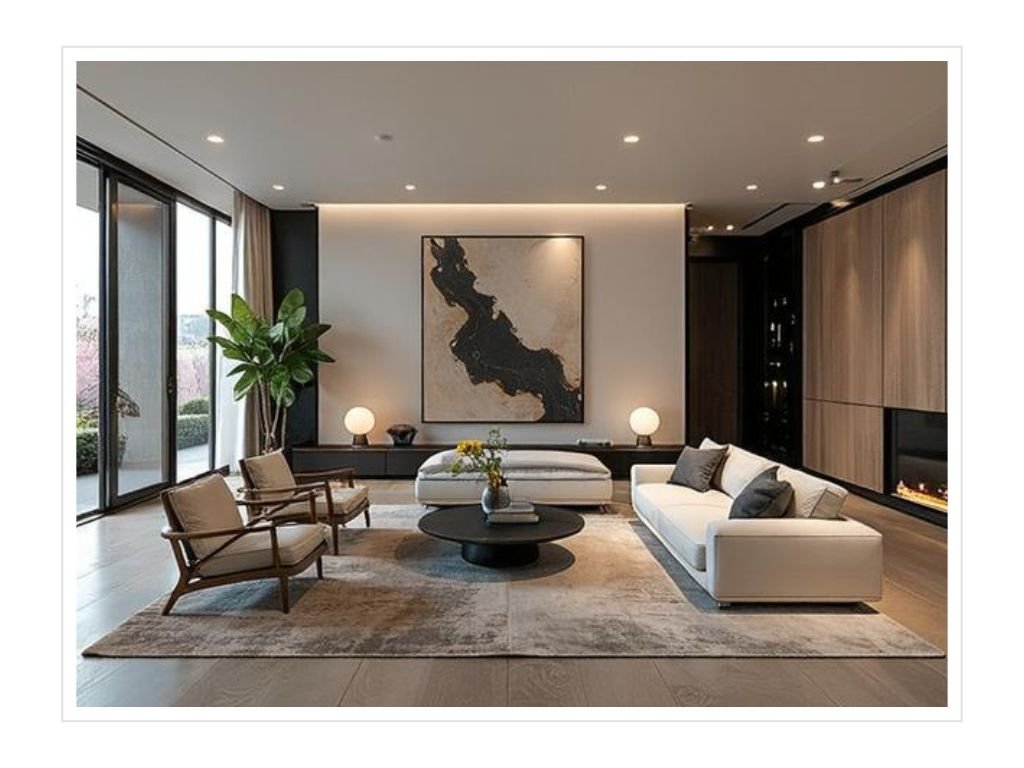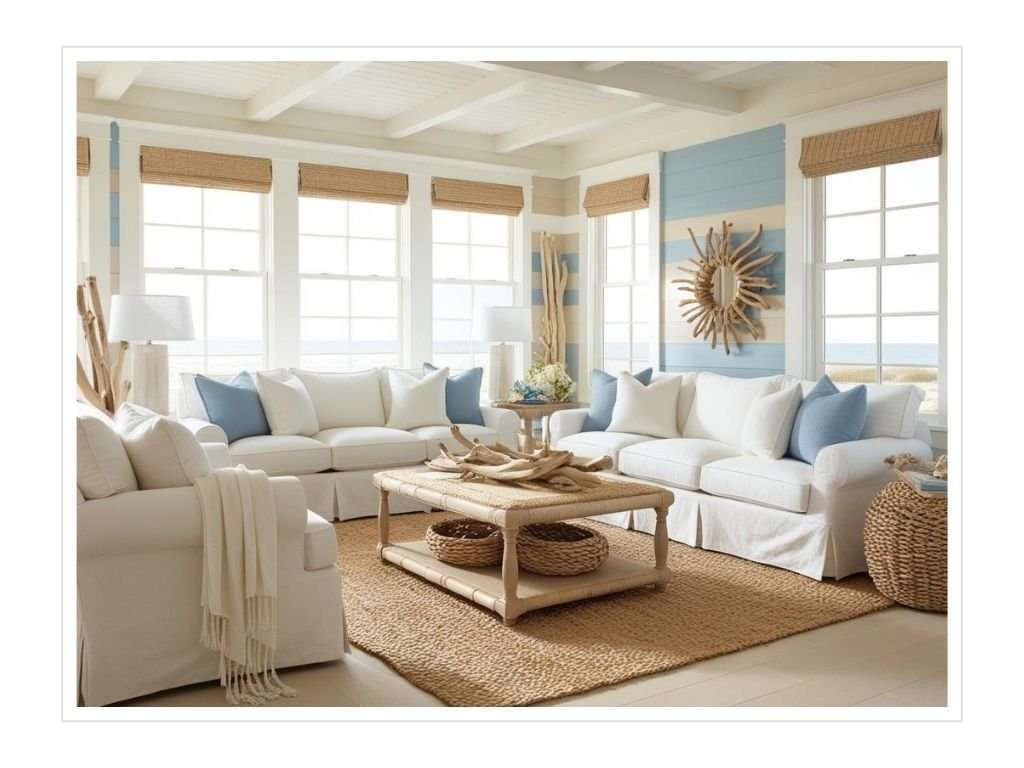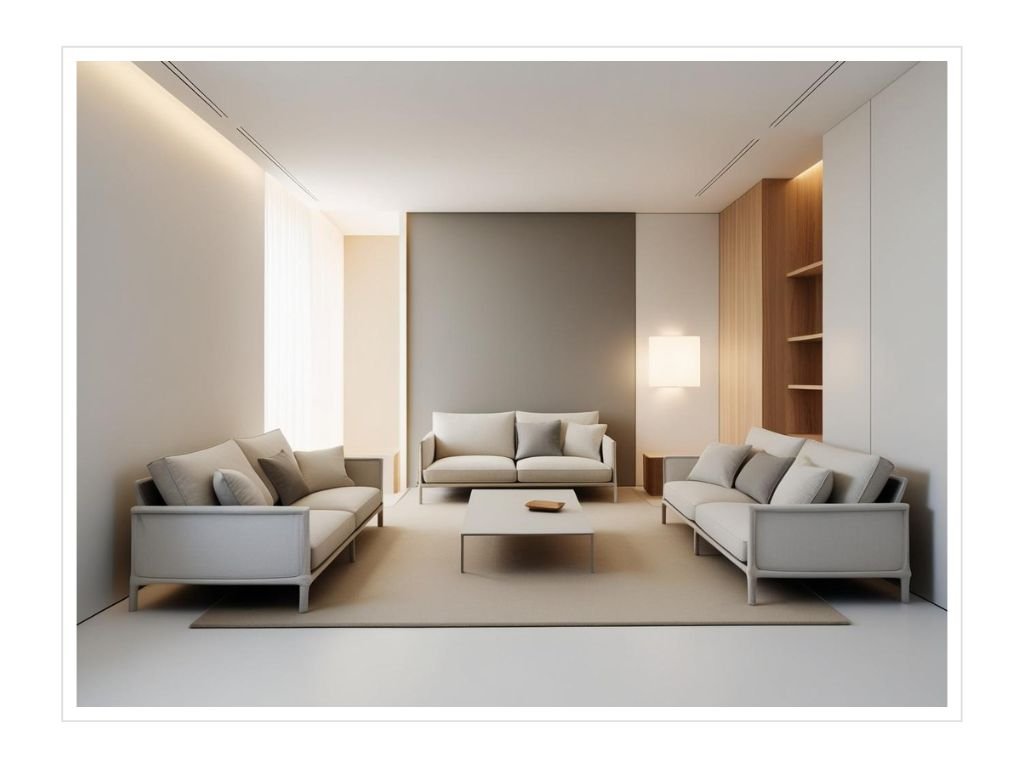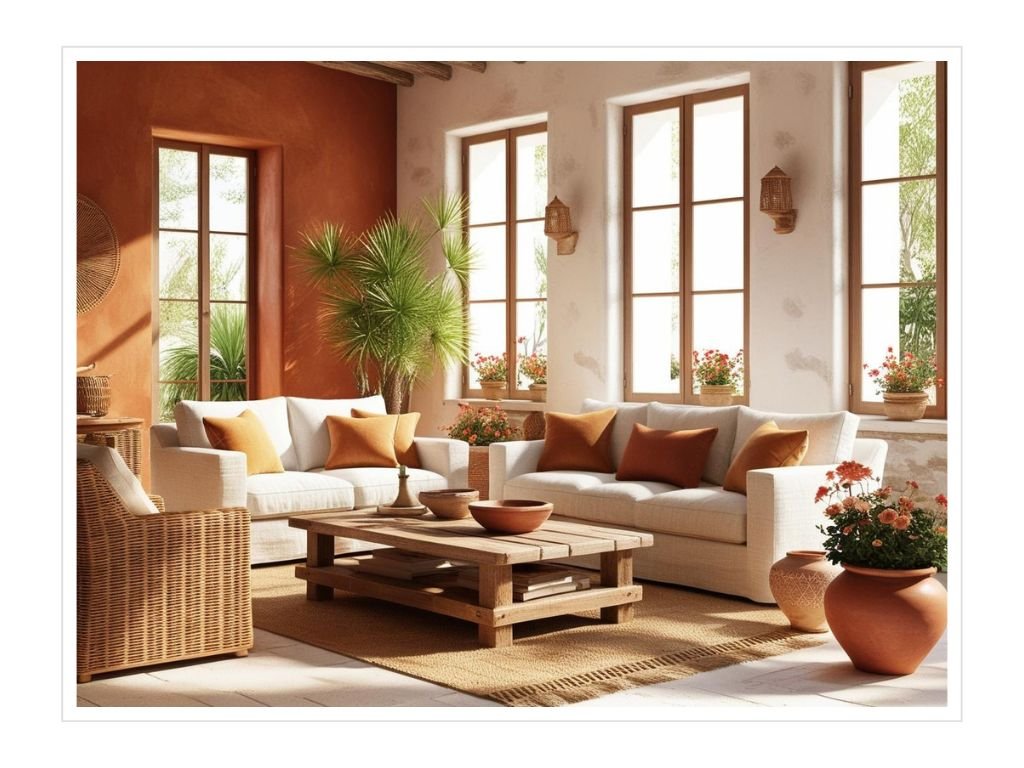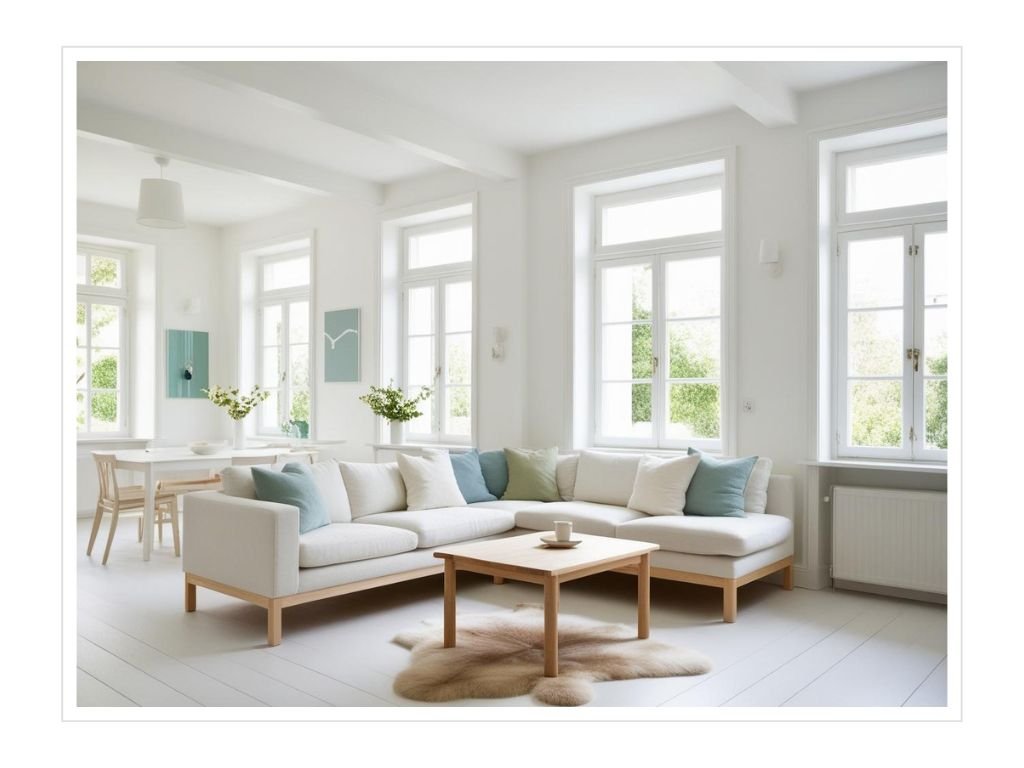During my years as an architect and a designer, my interest always centered around modern design with its clean lines and functionality. This style that flourished mainly in the 20th century is still dominant in the architecture and interior design of the present time. The blog that I am writing now will give you a deep analysis of how modern design rules can be properly turned into architectural constructions and interior spaces.
The Essence of Modern Design
Modern architecture refers to a type that is characterized by simplicity, straight lines, and no embellishing; instead, the element of the function is manipulated to reveal the esthetics. It is a process of removing non-essential parts and praising both the functionality and beauty of form. In my understanding, the best modern designs are the ones which, while managing to be the most aesthetic, are not impractical; they are both, the breathtaking visual sensation and the best to live in spaces.
Architectural Elements
During the design of modern buildings, the main elements that are used are these:
- Big windows used to let in as much natural light as possible and to merge the indoor with the outdoor spaces
- Roofs that are either flat or slanted at a low angle
- Loose plans to permit the free movement or transition from one room to another
- Minimal decoration
- Emphasis on vertical and horizontal lines
- Iron, glass, and concrete used for industrial purposes were some of the materials employed
These factors interplayed to achieve a clear, modern touch that has come to be the specification of modernity.
Materials and Textures
One of the main characteristics of modern design is that many times the materials themselves are the decoration. Thus I often use:
- Glass for transparency and light
- Steel for strong architectural results and industrial flavor
- Concrete for its raw, authentic texture
- Natural Woods to make the spaces warmer and give them an element of nature
- Plastics and other types of engineering materials-like papers-for their great versatility.
One thing to keep in mind is that all of these materials should be allowed to present themselves in their original forms, and not be hid under ornamental finishes.
Color Palette
The modern color scheme found in indoor design is mostly monochromatic and neutral, with some bold hues. My preference is the use of:
- Whites, grays, blacks, and other neutrals plus pops of bold hues
- Use of light, earthy tones to add warmth and richness
- Injection of primary colors like red, blue, or even yellow to the place for dynamic effect
This particular method brings out the forms and materials to the forefront, thus it gives depth and the people a way to experience the space.
Furniture and Decor
One of the things I think about when I am picking furniture and décor for contemporary places is keeping the objects minimal, so that the audience would be able to catch what the place is talking. Then, I look for items that can introduce the following principles:
- Simple, elegant outlines
- Use of materials primarily for their functions
- Thin metal lines instead of artistic forms of decoration
- Forms made of various materials such as molded plywood, plastic, and metal
- The products of mid-century master designers that are still in copyright
The secret is to make the rooms visually free and yet have an item that completes the overall appearance.
Lighting in Modern Design
Lighting in modern interiors is an important aspect of the overall look. The kinds I use include:
- Large windows and skylights increase natural light
- Recessed lighting provides a clean ceiling line
- Use of track lighting system for flexibility
- Use pendant light as focal point
- Both floor Lights and skylights are designed in a sculptural way to complement aesthetic as well as function.
The method is to have a clear sight of the space’s purpose while at the same time being part of its visual enrichment.
Challenges and Solutions
One of the most common difficulties faced in modern design is to provide warmth in spaces that might seem cold and sterile at first glance. Thus, the activities I usually do are:
- Add the philosophy or wood part to a room to bring out the warm part of the place
- Select fabrics with interesting finishes from
Traditional elements such as natural materials are often the ones that may perhaps never lose their influence and are crucial in the success of such ambiance. For us, our interpretation of the modern need of a space includes thinking designs as the medium through which one can look at and feel living. Thus design should be more than mere adherence to some rules; it is an outgrowth of modernism as a living principle that makes space not only eternal but also personal.
